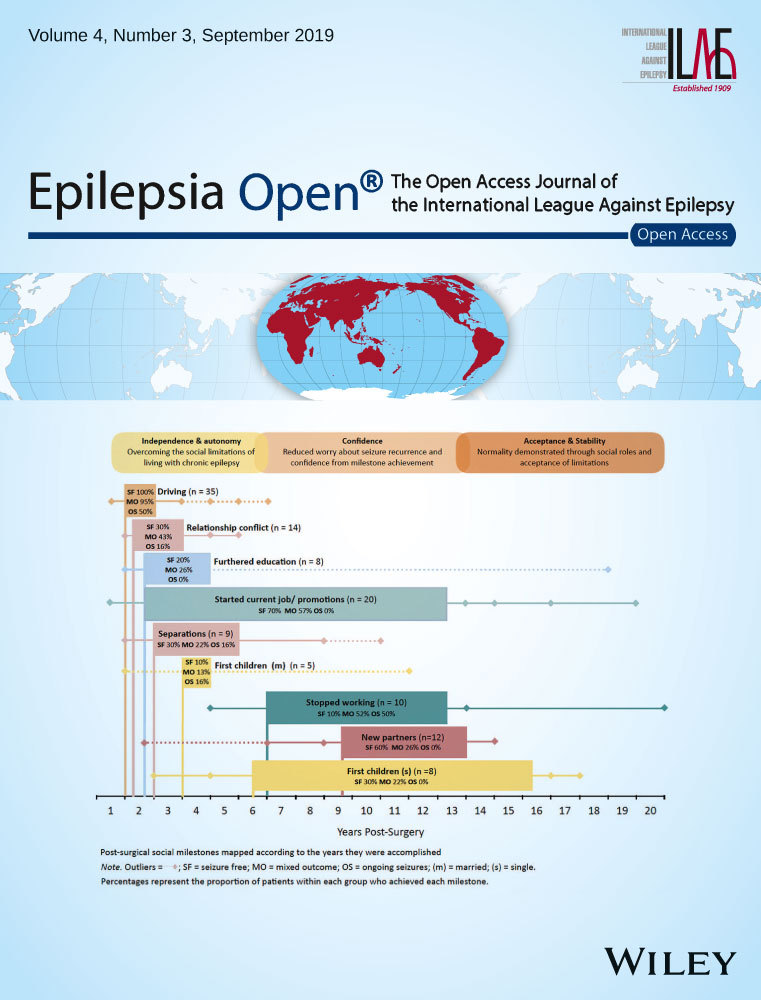 “Multiple sclerosis (MS) is a chronic and disabling disorder of the central nervous system (CNS) characterized by neuroinflammation leading to demyelination.
“Multiple sclerosis (MS) is a chronic and disabling disorder of the central nervous system (CNS) characterized by neuroinflammation leading to demyelination.
Recently a combination of Δ9-tetrahydrocannabinol (THC) and Cannabidiol (CBD) extracted from Cannabis has been approved in many parts of the world to treat MS-related spasticity. THC+CBD combination was also shown to suppresses neuroinflammation, although the mechanisms remain to be further elucidated.
In the current study, we demonstrate that THC+CBD combination therapy (10 mg/kg each) but not THC or CBD alone, attenuates murine experimental autoimmune encephalomyelitis (EAE) by reducing neuroinflammation and suppression of Th17 and Th1 cells.
Collectively, this study suggests that combination of THC+CBD suppresses neuroinflammation and attenuates clinical EAE development and that this effect is associated with changes in miRNA profile in brain-infiltrating cells.”
https://www.ncbi.nlm.nih.gov/pubmed/31497013
“Combination of THC+CBD has been used to treat human MS. This treatment is known to decrease not only muscle spasticity but also suppress neuroinflammation.”
https://www.frontiersin.org/articles/10.3389/fimmu.2019.01921/full


 “The Endocannabinoid (eCB) system and its role in many physiological and pathological conditions is well described and accepted, and includes cardiovascular disorders. However, the eCB system has been expanded to an “-ome”; the endocannabinoidome (eCBome) that includes endocannabinoid-related mediators, their protein targets and metabolic enzymes, many of which significantly impact upon cardiometabolic health. These recent discoveries are here summarized with a special focus on their potential involvement in atherosclerosis. We described the role of classical components of the eCB system (eCBs, CB1 and CB2 receptors) and eCB-related lipids, their regulatory enzymes and molecular targets in atherosclerosis. Furthermore, since increasing evidence points to significant cross-talk between the eCBome and the gut microbiome and the gut microbiome and atherosclerosis, we explore the possibility that a gut microbiome – eCBome axis has potential implications in atherosclerosis.”
“The Endocannabinoid (eCB) system and its role in many physiological and pathological conditions is well described and accepted, and includes cardiovascular disorders. However, the eCB system has been expanded to an “-ome”; the endocannabinoidome (eCBome) that includes endocannabinoid-related mediators, their protein targets and metabolic enzymes, many of which significantly impact upon cardiometabolic health. These recent discoveries are here summarized with a special focus on their potential involvement in atherosclerosis. We described the role of classical components of the eCB system (eCBs, CB1 and CB2 receptors) and eCB-related lipids, their regulatory enzymes and molecular targets in atherosclerosis. Furthermore, since increasing evidence points to significant cross-talk between the eCBome and the gut microbiome and the gut microbiome and atherosclerosis, we explore the possibility that a gut microbiome – eCBome axis has potential implications in atherosclerosis.” “C57BL/6J mice infected with Theiler’s murine encephalomyelitis virus (TMEV) develop acute behavioral seizures in the first week of infection and later develop chronic epilepsy. The TMEV model provides a useful platform to test novel antiseizure therapeutics.
“C57BL/6J mice infected with Theiler’s murine encephalomyelitis virus (TMEV) develop acute behavioral seizures in the first week of infection and later develop chronic epilepsy. The TMEV model provides a useful platform to test novel antiseizure therapeutics. “The prior medical literature offers little guidance as to how pain relief and side effect manifestation may vary across commonly used and commercially available cannabis product types. We used the largest dataset in the United States of real-time responses to and side effect reporting from patient-directed cannabis consumption sessions for the treatment of pain under naturalistic conditions in order to identify how cannabis affects momentary pain intensity levels and which product characteristics are the best predictors of therapeutic pain relief.
“The prior medical literature offers little guidance as to how pain relief and side effect manifestation may vary across commonly used and commercially available cannabis product types. We used the largest dataset in the United States of real-time responses to and side effect reporting from patient-directed cannabis consumption sessions for the treatment of pain under naturalistic conditions in order to identify how cannabis affects momentary pain intensity levels and which product characteristics are the best predictors of therapeutic pain relief. “Over the course of the last decade, Peroxisome Proliferator-Activated Receptors (PPARs) have been identified as part of the
“Over the course of the last decade, Peroxisome Proliferator-Activated Receptors (PPARs) have been identified as part of the  “Thanks to the success of modern antiretroviral therapy (ART), people living with HIV (PLWH) have life expectancies which approach that of persons in the general population. However, despite the ability of ART to suppress viral replication, PLWH have high levels of chronic systemic inflammation which drives the development of comorbidities such as cardiovascular disease, diabetes and non-AIDS associated malignancies.
“Thanks to the success of modern antiretroviral therapy (ART), people living with HIV (PLWH) have life expectancies which approach that of persons in the general population. However, despite the ability of ART to suppress viral replication, PLWH have high levels of chronic systemic inflammation which drives the development of comorbidities such as cardiovascular disease, diabetes and non-AIDS associated malignancies. “Pancreatic cancer is particularly refractory to modern therapies, with a 5-year survival rate for patients at a dismal 8%.
“Pancreatic cancer is particularly refractory to modern therapies, with a 5-year survival rate for patients at a dismal 8%.